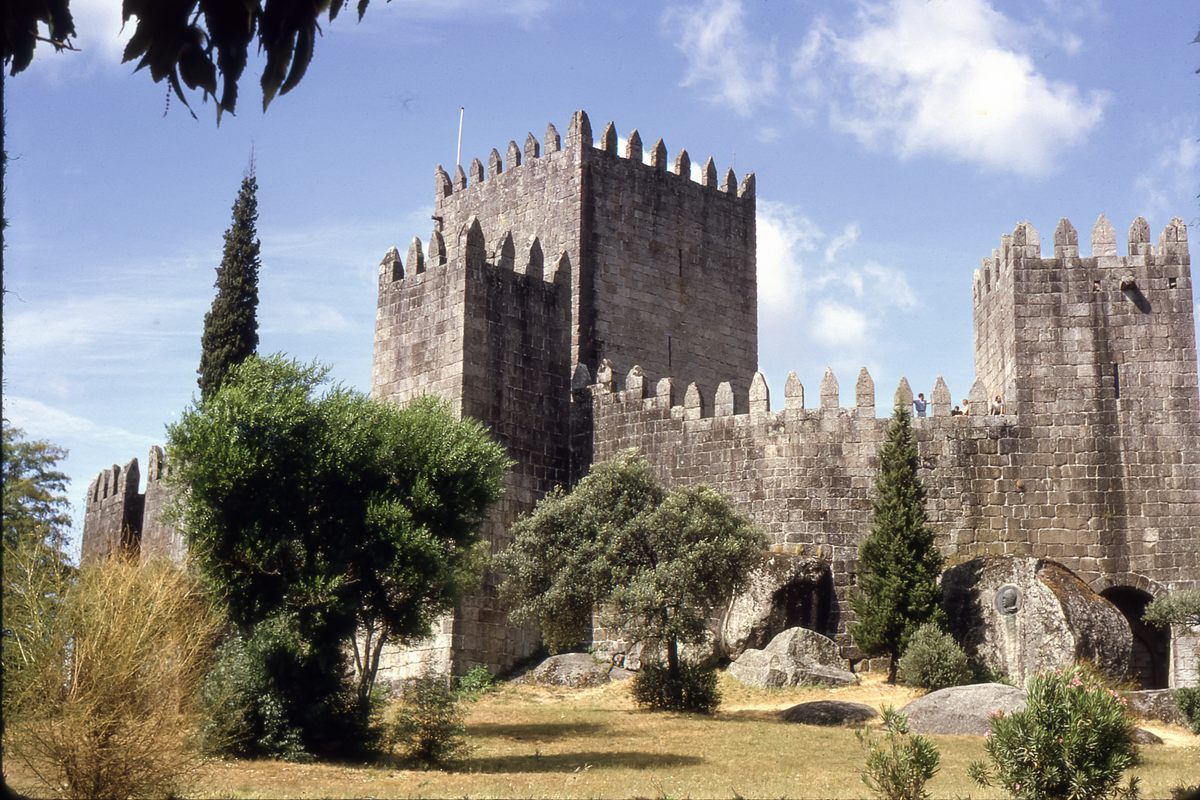This castle has a rich history tied to Portugal’s founding and its battles for independence. Located in the center of a historic walled city, Guimarães Castle is a medieval stronghold that’s closely linked to the origins of Portugal. In the tenth century, Countess Mumadona built a monastery in her home area of Vimaranes, which is now called Guimarães. To safeguard the community from Moorish and Norman invasions, she also erected a fortress.

In 1096, Count Henrique and his wife, Teresa de León, moved to Vimaranes, where they strengthened and expanded the castle’s defenses, making it their home. In 1111, they had a son, Afonso Henriques, who would later become the first king of Portugal.

Legend says that King Afonso was born in Guimarães Castle and led his rebellion from the nearby town. In 1143, the Treaty of Zamora was signed, marking the beginning of Portugal. Afonso I ruled from then until his death in 1185.
Around the early 14th century, King Dinis renovated Guimarães Castle. Later, between 1383 and 1433, King João I of Portugal added two towers to flank the castle’s main entrance.

Statue of King Alphonso I of Portugal
After the 15th century, Guimarães Castle was abandoned for a long time and fell into disrepair. There was even talk of tearing it down and using the stones for other purposes. However, in 1910, the castle was declared a National Monument and was restored over the course of the 20th century.








